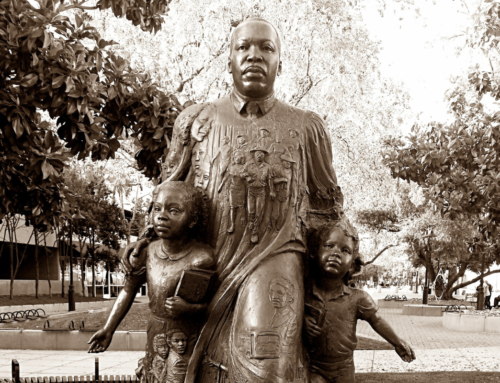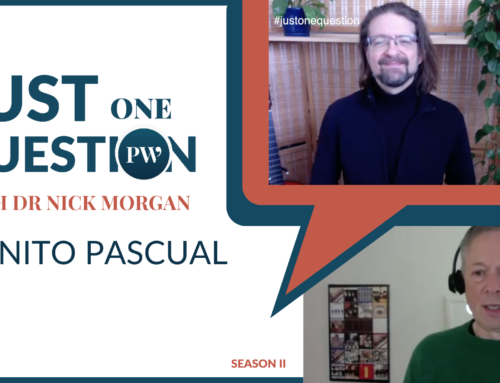The next thing to think about when telling a story is structure. And here again you’ve heard some pretty useless advice. A story has to have a beginning, middle, and end, say the geniuses giving out that advice.
But what does that mean? To the extent that it’s true, it’s true in a meaningless way. Just by virtue of the fact that it’s linear, a story has to have a beginning, middle, and end. But you could just as well say it has to have a beginning and an end. What goes in these crucial spots? What does it mean to begin a story? How do you do that? How do you end with a bang, that’s satisfying, surprising enough to keep your audience’s attention, and yet not unbelievable? And so on.
A good story has moments in it that I call points of no return. In other words, something happens that can’t be undone. Many classic stories begin with a meeting, for example. Once two people have met, they can’t ‘unmeet’. It’s a point of no return, and a good way to begin a story. Love stories pretty much have to begin with the two lovers-to-be meeting. Many quests begin with the hero meeting someone who changes his or her life. A mentor, a stranger, an evil demon — you name it. Meetings often start things off in interesting ways. One famous hollywood scriptwriter once said that all his stories either start with ‘a stranger comes into town’ or ‘the hero leaves home’. The former necessarily involves at least one meeting, and the latter typically involves more than one.
Other good beginnings that are points of no return include murders and other sorts of mayhem. Until they regularly start bringing people back from the dead, murder is a point of no return.
Once you’ve had that beginning action, you’ve got to raise the stakes. Star Wars begins with the murder of Luke’s relatives, setting up a ‘hero leaves home’ situation. He meets his mentor, Obi Wan, right away, but the second crucial scene doesn’t come until he finds R2D2 and the intriguing message about plans and rebels that enlists him in the cause against the Empire. Cleverly, this scene also begins the apparent love story between Luke and the Princess. A great story often has 2 story lines interwoven, and Star Wars is a good example of this.
Finally, you have to offer the reader/viewer a scene that brings about a showdown, so that the audience is fascinated with the question, will the hero (Luke) overcome the obstacles (the Empire’s forces) and win the prize (defeating the Empire’s forces and becoming a leader of the rebel alliance)? In this case, Luke breaks away from his training with Yoda to help his friends, thus precipitating the showdown.
Of course, Star Wars is also a longer revenge story involving Darth Vader, but that’s for another day. For now, a great story has three pieces. Not beginning, middle, and end, but 3 points of no return — a meeting, raised stakes, and a showdown.









Leave A Comment